Hot copper, also known as copper wire with a higher temperature rating, is gaining prominence in various industries due to its exceptional properties and diverse applications. As businesses continue to explore sustainable and efficient ways of harnessing electrical power, the use of hot copper has become a game-changer. In this article, we will delve into the benefits and potential of hot copper, exploring its wide array of applications across different sectors. 1. Enhanced Electrical Conductivity: Hot copper exhibits superior electrical conductivity compared to traditional copper wire. Its lower resistance helps limit heat generation, voltage drops, and energy losses.
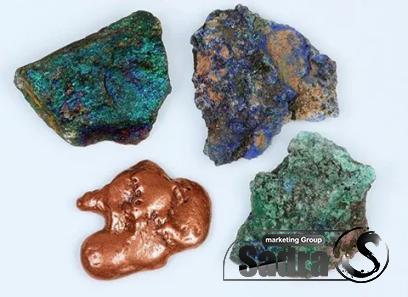
.
 This property is instrumental in optimizing the efficiency of electrical systems, consequently reducing operational expenses for businesses. Additionally, improved conductivity enables the transmission of larger currents, making hot copper ideal for applications requiring high power loads. 2. High-Temperature Resistance: The standout feature of hot copper is its exceptional ability to withstand high temperatures, typically above 150 degrees Celsius. This makes it the go-to option for industries that operate in extreme environments, such as power generation, manufacturing, automotive, aerospace, and renewable energy sectors. Hot copper’s ability to perform reliably even under harsh conditions ensures uninterrupted power supply, reducing downtime and maintenance costs.
This property is instrumental in optimizing the efficiency of electrical systems, consequently reducing operational expenses for businesses. Additionally, improved conductivity enables the transmission of larger currents, making hot copper ideal for applications requiring high power loads. 2. High-Temperature Resistance: The standout feature of hot copper is its exceptional ability to withstand high temperatures, typically above 150 degrees Celsius. This makes it the go-to option for industries that operate in extreme environments, such as power generation, manufacturing, automotive, aerospace, and renewable energy sectors. Hot copper’s ability to perform reliably even under harsh conditions ensures uninterrupted power supply, reducing downtime and maintenance costs.
..
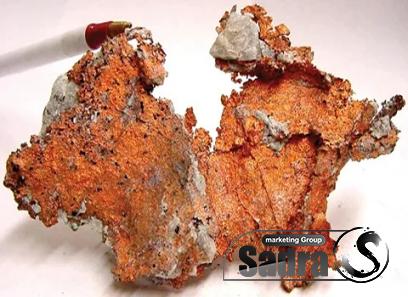 3. Safety and Thermal Stability: Given its resistance to high temperatures, hot copper provides enhanced safety in electrical systems. It is less prone to melting, degradation, or fire hazards, ensuring the protection of infrastructure, equipment, and personnel. Its thermal stability makes it invaluable in critical applications, such as power transmission lines, transformers, motors, and heating systems. 4. Efficiency in Energy Conversion: When it comes to energy conversion, hot copper plays a key role. Due to its low resistivity, it facilitates efficient transformation from electrical energy to other forms, such as heat or mechanical work. This advantage further supports businesses in optimizing energy utilization, enhancing operational efficiency, and reducing waste. With the growing emphasis on sustainable practices, hot copper has become an ally in driving energy efficiency goals.
3. Safety and Thermal Stability: Given its resistance to high temperatures, hot copper provides enhanced safety in electrical systems. It is less prone to melting, degradation, or fire hazards, ensuring the protection of infrastructure, equipment, and personnel. Its thermal stability makes it invaluable in critical applications, such as power transmission lines, transformers, motors, and heating systems. 4. Efficiency in Energy Conversion: When it comes to energy conversion, hot copper plays a key role. Due to its low resistivity, it facilitates efficient transformation from electrical energy to other forms, such as heat or mechanical work. This advantage further supports businesses in optimizing energy utilization, enhancing operational efficiency, and reducing waste. With the growing emphasis on sustainable practices, hot copper has become an ally in driving energy efficiency goals.
…
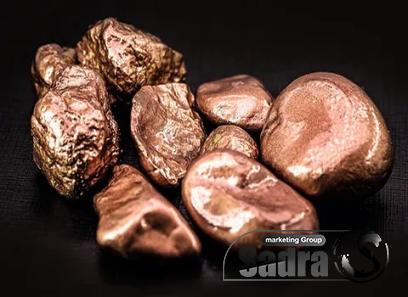 5. Diverse Applications: Hot copper finds applications in various sectors, including power generation, electrical distribution, renewable energy, transportation, infrastructure development, and industrial equipment. Its versatility attributes to the fact that it improves performance and reliability across these domains. The automotive industry, for instance, benefits from hot copper in electric vehicles, where it enables higher power flows, faster charging, and increased battery performance. Conclusion: Hot copper’s unique properties and diverse applications make it a promising solution for businesses seeking enhanced electrical conductivity, temperature resistance, safety, and energy efficiency. As industries strive for sustainable practices, hot copper emerges as a reliable choice that not only optimizes performance but also reduces costs and environmental impact. Companies across several sectors can capitalize on the vast potential of hot copper to future-proof their operations and gain a competitive advantage in an increasingly electrified world.
5. Diverse Applications: Hot copper finds applications in various sectors, including power generation, electrical distribution, renewable energy, transportation, infrastructure development, and industrial equipment. Its versatility attributes to the fact that it improves performance and reliability across these domains. The automotive industry, for instance, benefits from hot copper in electric vehicles, where it enables higher power flows, faster charging, and increased battery performance. Conclusion: Hot copper’s unique properties and diverse applications make it a promising solution for businesses seeking enhanced electrical conductivity, temperature resistance, safety, and energy efficiency. As industries strive for sustainable practices, hot copper emerges as a reliable choice that not only optimizes performance but also reduces costs and environmental impact. Companies across several sectors can capitalize on the vast potential of hot copper to future-proof their operations and gain a competitive advantage in an increasingly electrified world.
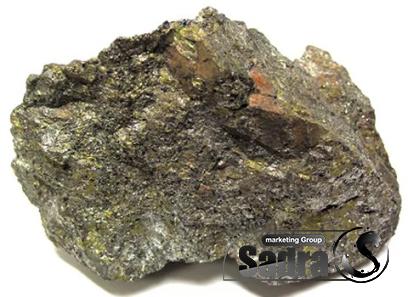
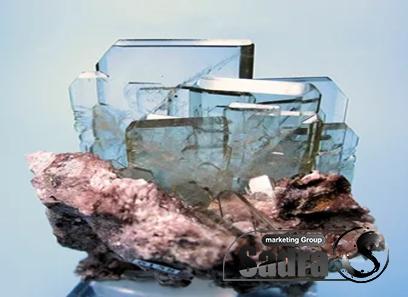
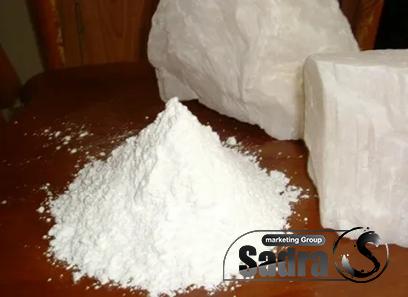
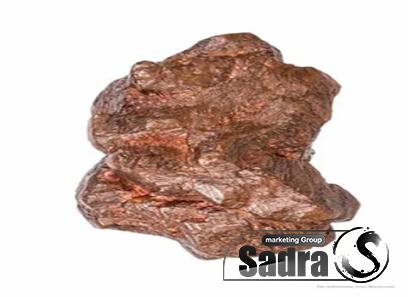


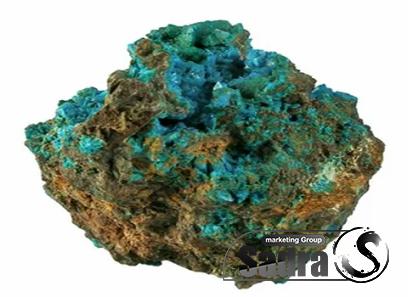
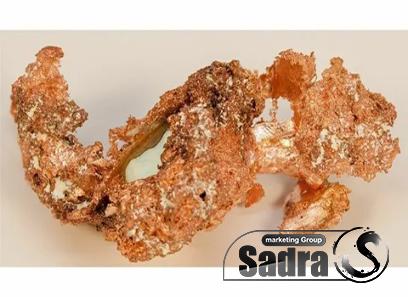
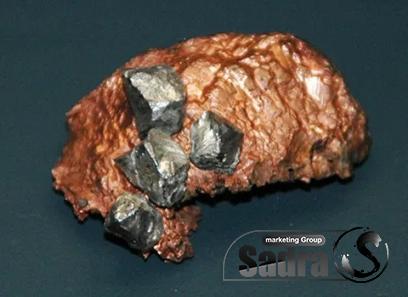
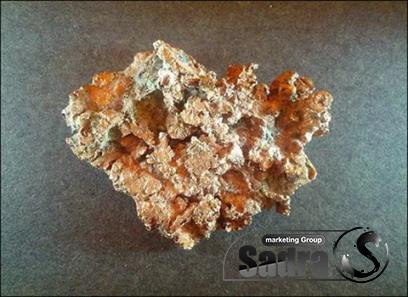
Your comment submitted.